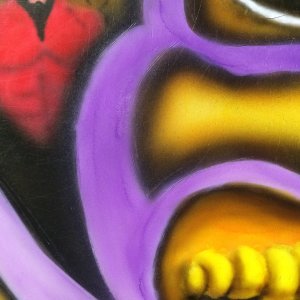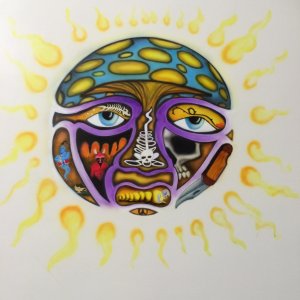jbuckley421
Gravity Guru
Using Createx Illustration colors and Iwata eclipse hp-cs @ ~ 25 lbs of pressure on a wood panel with gesso. I'm struggling to get smooth textures. It seems that even if I put the tiniest amount of paint on, it rewets and displaces the already dried paint. I've tried way over reducing it, using it straight out of the bottle, adjusting pressure, and adding some white to the mix to reduce the transparency. I can't seem to get a smooth texture.
Second question, you can see in the 2 close up pics the texture of the actual panel visible through the paint. Would 2k aerosol clear coat help that?


Second question, you can see in the 2 close up pics the texture of the actual panel visible through the paint. Would 2k aerosol clear coat help that?



